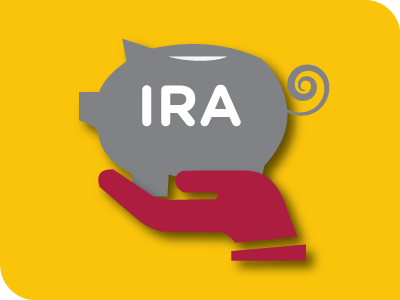How can you invest in your financial future and what are the options?
Taking the reins to your financial future can seem daunting. There are many options out there, and if you don’t know what it all means you might be left scratching your head.
Retirement plans, IRAs, savings bonds, and stocks all provide ways for you to invest your money and plan for the future. These options are designed to help you to plan for life events and be ready for unplanned or emergency needs. Learning about the differences and what they all provide is key in helping you set yourself and your family up for financial security in the future.






